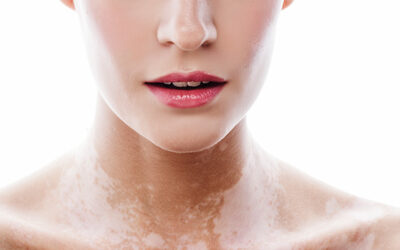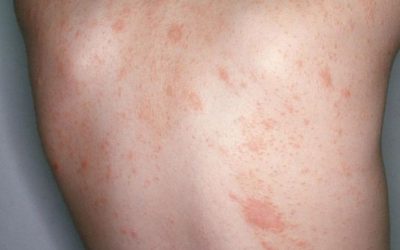Herpesvirus infection

-
- HSV-1 is primarily associated with oral infections, while HSV-2 causes mainly genital infections
- HSV infections have two phases: a primary infection, after which the virus becomes embedded in the ganglion; and a secondary phase, characterised by recurrent disease
- It is estimated that more than half of the world’s population has HSV types 1 and 2
- Recurrence rate depends on the type of virus and the anatomical site
- Herpes simplex viruses are usually transmitted from person to person through contaminated oral or genital secretions during close contact
- HSV-2 has a higher recurrence rate of genital herpes than HSV-1
Symptoms
Symptoms of herpes infection appear 3 to 7 days after contact. Rashes can appear anywhere on the skin.
The first thing that happens is:
-
- Tingling
- Itching
- Incineration
- Pain
- Slight fever
- Lymph nodes may enlarge
Rashes appear 12-24 hours later:
-
- Eritrea
- Grouped vesicles
- Ulcerations (erosions)
- Itching
The lesions usually last between 2 and 6 weeks and heal without scarring.
Provocative factors
Primary infection and recurrences:
-
- immune system abnormalities
- fatigue
- stress
- menstruation
- local skin injuries
- exposure to sunlight
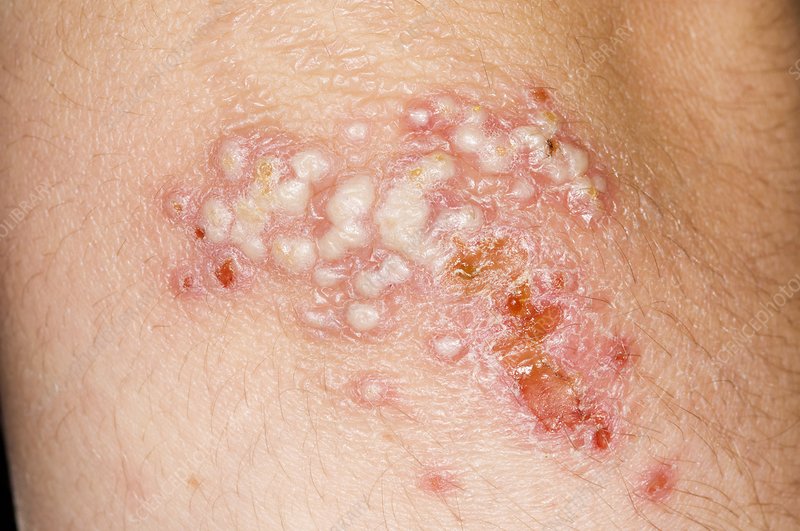
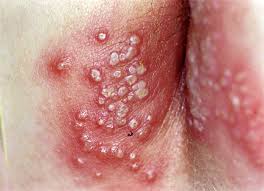
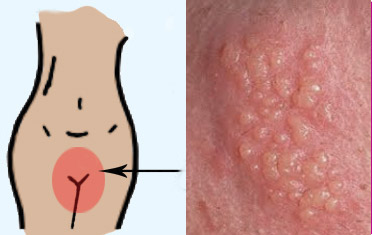
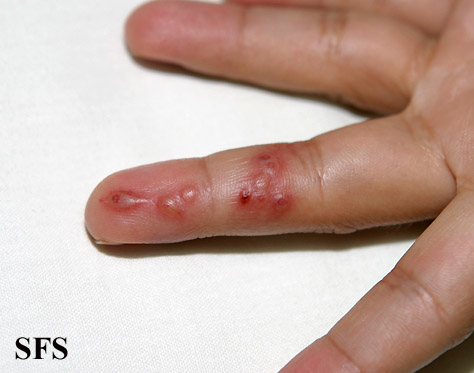
Diagnostics
-
- Diagnosis is usually made by questioning and physical examination
- A definitive diagnosis of HSV herpes can be confirmed by laboratory tests:
-
- Serological tests – IgM and IgG
- Polymerase chain reaction (PCR) – HSV DNA
- Have a cytology smear
- Cutaneous slit biopsy (unclear cases)R
-
Treatment
Treatment for HSV herpes focuses on managing symptoms, as the condition cannot be completely cured. Antiviral medications are commonly used to lessen the severity of symptoms and reduce the frequency of outbreaks. Early diagnosis and prompt initiation of treatment, ideally at the first sign of symptoms, are crucial for effective management of herpesvirus infections
How to relieve symptoms?
-
- Local or systemic non-steroidal painkillers may be used to reduce pain and discomfort
- Cold compresses, cooling lotions, balms, foams or creams are also suitable for relieving symptoms caused by HSV.
- You can also use moisturising emollients (creams, ointments, spray lotions)
- If you have a rash in the genital area, it is advisable to wear loose, natural cotton underwear;
- Disinfection of rashes with an antiseptic is important and necessary to prevent secondary (recurrent, spreading) infection.
-
- Avoid the above-mentioned herpes provoking factors:
-
- Strengthen weakened immunity, treat co-morbidities
- Maintain a regular and balanced work and rest schedule
- Protect the skin barrier from trauma, moisturise regularly with emollients (creams, ointments) to prevent dryness
- Wear protection against ultraviolet sunlight (UVS) – hats, umbrellas, products (creams, lotions) with SPF
- Get rid of harmful habits
-
- Avoid unprotected and casual sex
- Use barrier protection measures
- Avoid close contact with a person with oral herpes
- Proper hand and genital washing
- Proper use of your personal care items (e.g. personal towels only, toothbrushes, kitchen utensils, etc.);
- Avoid the above-mentioned herpes provoking factors:
If rashes appear or recur frequently, be sure to consult a dermatovenereologist.

1. Cole S. Herpes simplex virus: epidemiology, diagnosis, and treatment. Nursing Clinics. 2020,55(3), 337-345.
2. Damour A., Garcia M., Seneschal J., Lévêque N., Bodet C. Eczema herpeticum: clinical and pathophysiological aspects. Clinical reviews in allergy & immunology. 2020, 59(1), 1-18.
3. Azwa A, Barton S E. Aspects of herpes simplex virus: a clinical review. The journal of family planning and reproductive health care. 2009, 35.4: 237.
Vitiligo – Why Do White Patches Appear on the Skin and How to Treat Them?
Vitiligo is a non-contagious skin condition characterized by white patches due to the loss of pigment. While it does not pose a direct threat to physical health, it can have a significant psychological impact. Learn what causes vitiligo, its symptoms, how it is diagnosed, and which treatment methods are currently available.
Hyperpigmentation: Causes, Types, and Modern Treatment Options
Hyperpigmentation is a common skin condition characterized by dark spots that appear due to sun exposure, hormonal changes, or skin damage. In this article, you will learn about the main types and causes of hyperpigmentation, as well as how to effectively treat it using modern dermatological methods and preventive care.
Pityriasis rosea
An acute, self-limiting, exanthematic skin disease that manifests as itchy, somewhat inflammatory, scaly rashes, usually on the torso, chest, and upper limbs.
iDerma
MB iDerma
Fabijoniškės g. 99, Vilnius
+370 670 70 822
info@iderma.lt

